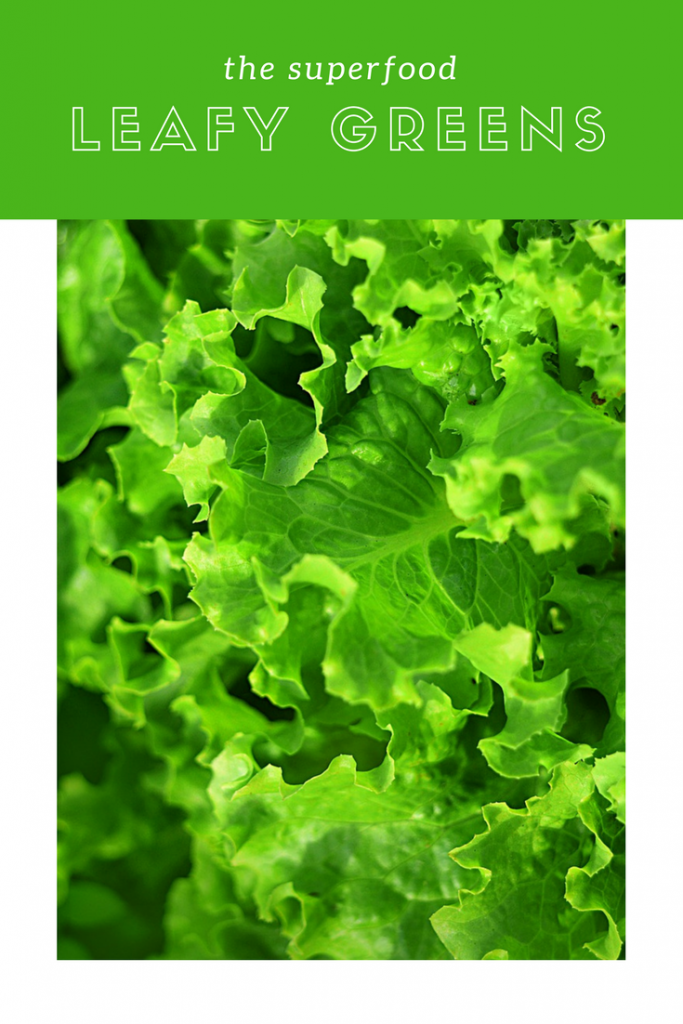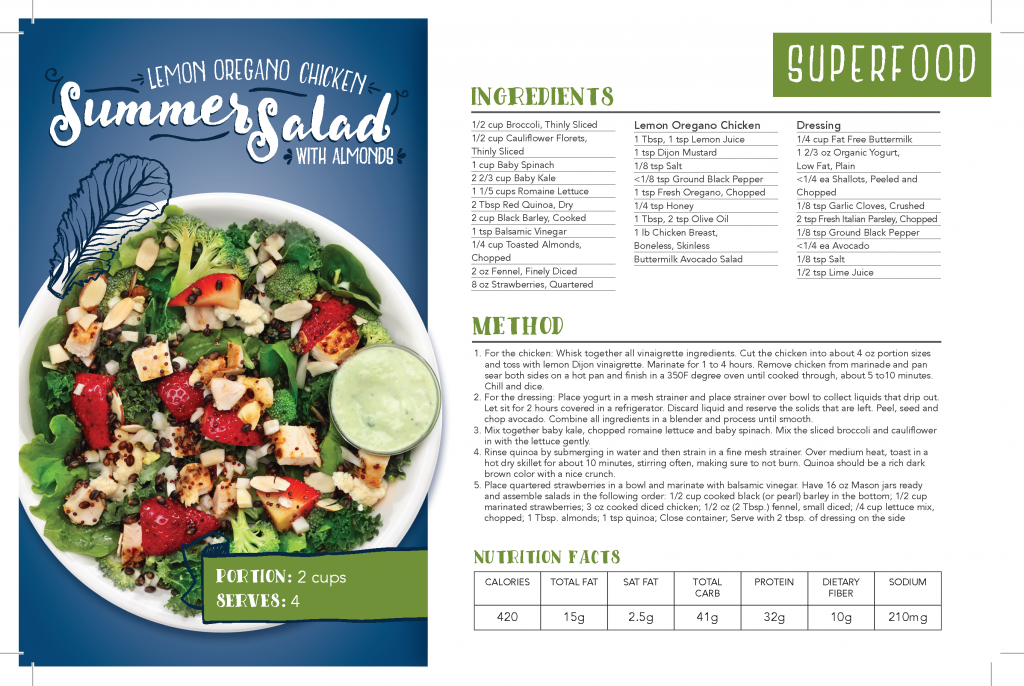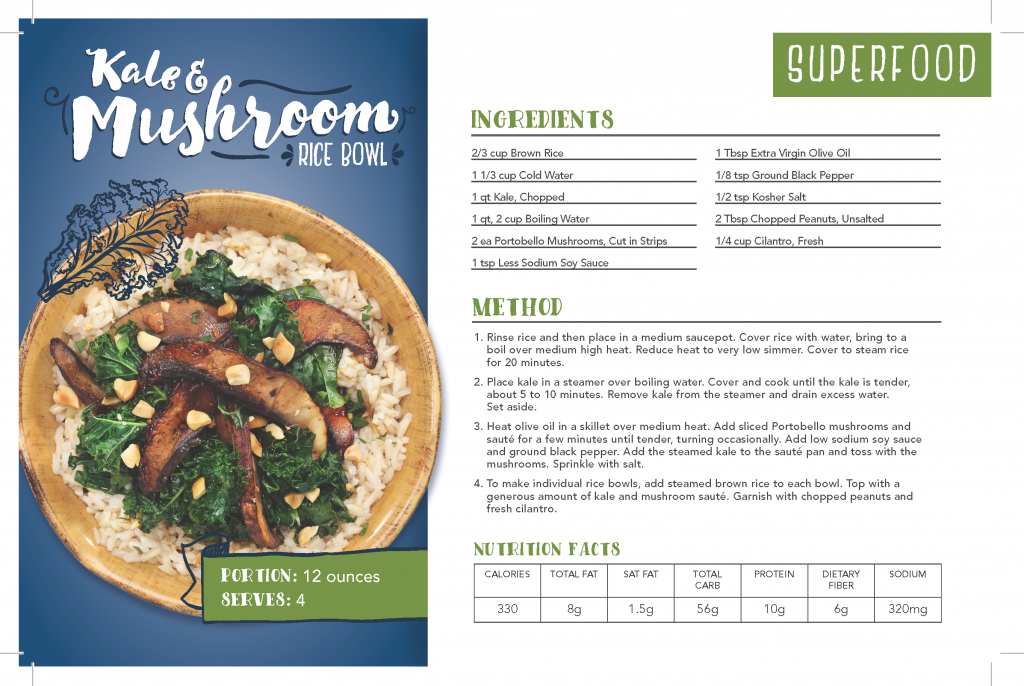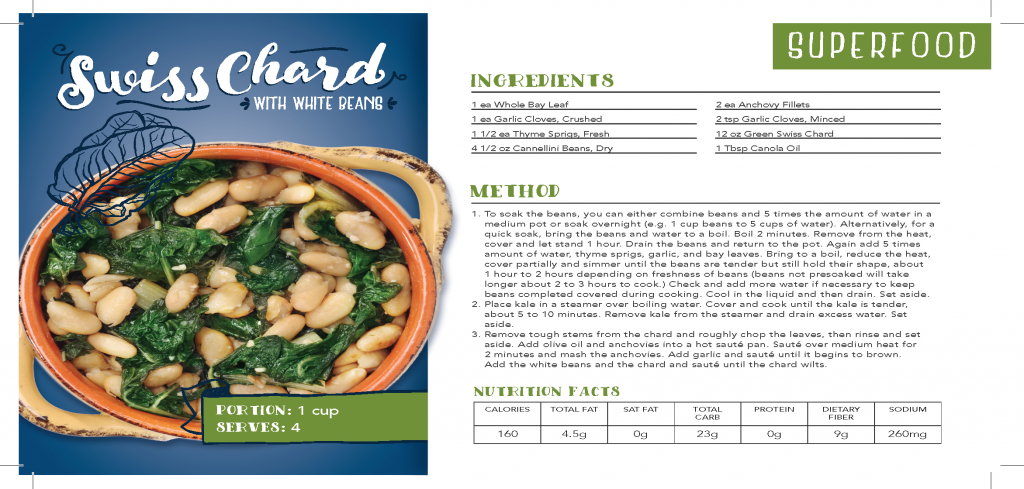Leafy Greens, The Superfood
Each month, Morrison Healthcare, Western Missouri Medical Center’s (WMMC) food services partner, features a different Superfood. WMMC highlights these superfoods in our “The Superfood” blog series. This month features leafy greens.
When some people think of leafy greens, they are naturally going to turn their noses up at the stereotypical salad. But leafy greens are so much more than that! In fact, leafy greens are considered nutritional powerhouses!

Nutritional Powerhouse
Leafy greens are filled with vitamins, minerals and phytonutrients meaning that they are some of the most nutrient-dense foods out there. They contain high levels of fiber, iron, potassium, magnesium and calcium, all while having very low levels of carbohydrates, sodium and cholesterol. At under 20 calories per cup, leafy greens are an excellent way to fill up your plate with nutritional ingredients!
The “Fountain of Youth”
A study showed that people who eat just one serving (2 cups raw) of leafy greens each day reported a significant decrease in cognitive decline. So much so that, according to this study, people who consumed one to two servings per day were the equivalent of being 11 years younger compared to those who rarely or never consume leafy greens!! Further research is needed to confirm these findings.
These superfoods boast high levels of folate, phylloquinone and lutein, all associated with slower cognitive decline.
Added Health Benefits
These superfoods have many nutrients that help aid in a variety of health benefits. Rich in carotenoids-antioxidants, which protect cells, leafy greens can play a role in blocking the early stages of cancer.
Folate helps prevent certain birth defects and is necessary for DNA duplication and repair, which also helps to prevent cancer.
Vitamin K, found in dark leafy greens, provides multiple health benefits like protecting bones from osteoporosis and fighting inflammatory diseases.
Types of Leafy Greens
If leafy greens currently aren’t in your diet you may be thinking of the typical iceberg lettuce, which is actually low in nutritional value. But leafy green’s variety is wide, each producing a different flavor and providing different textures and opportunities to integrate into your meals. Some of the most popular, well-known types of leafy greens are:
- Arugula
- Kale
- Spinach
- Romaine
- Dandelion
- Mizuna
- Escarole
- Collards
- Turnip Greens
- Mustard Greens
- Watercress
- Beet Greens
- Dark Green Leafy Lettuces
Handling Leafy Greens
When handling leafy greens, it is important to keep them safe, meaning that you should wash your hands and clean the greens under running water just before cooking or eating unless they come in a pre-rinsed container.
Storing leafy greens can be simple. If buying the packaged variety, make sure to look at the expiration date and keep a paper towel in the bag/container to absorbed excessive moisture. Keep in the refrigerator. If buying a head or bunch of greens, place them in the colander of a salad spinner and rinse. Then spin to remove moisture from the leaves. After disposing of the remaining water, simply put the lettuce, spinner, and lid into the fridge. If you do not have enough room, put the lettuce in a container with layers of paper towels.
If you do find that you have wilted lettuce, you can revive it by placing it into a bowl of cold water until crisp again!
Integrating Leafy Greens into Your Diet
We know, when you think of greens, you think salad. But greens are so much more versatile than that! They can be steamed, roasted, grilled or even baked!
If you are looking for ways to integrate leafy greens into your diet, check out one of the recipes below! (Provided by Morrison Healthcare.) Or, talk with your primary care provider about meeting with one of WMMC’s Registered Dietitians today, to go over your diet and find opportunities to integrate these nutritional powerhouses!




